Transport
The design stars of tomorrow show off their creative drive

We're zooming in on this year's transport talents
Writer: Jonathan Bell
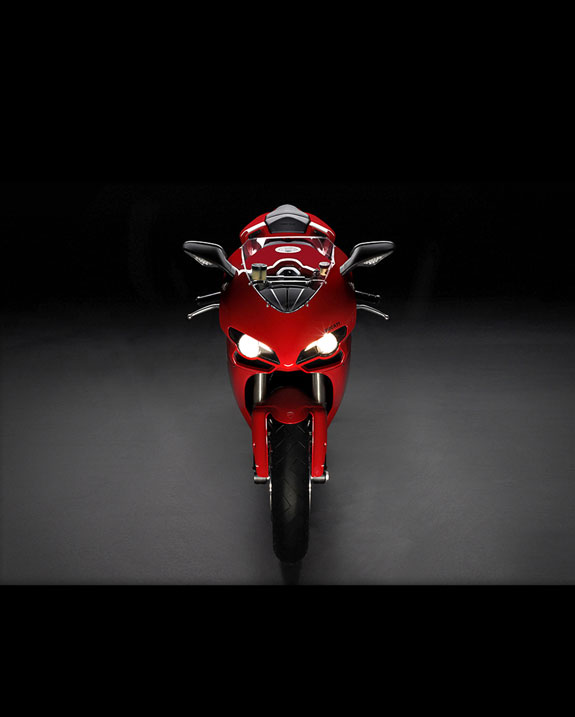
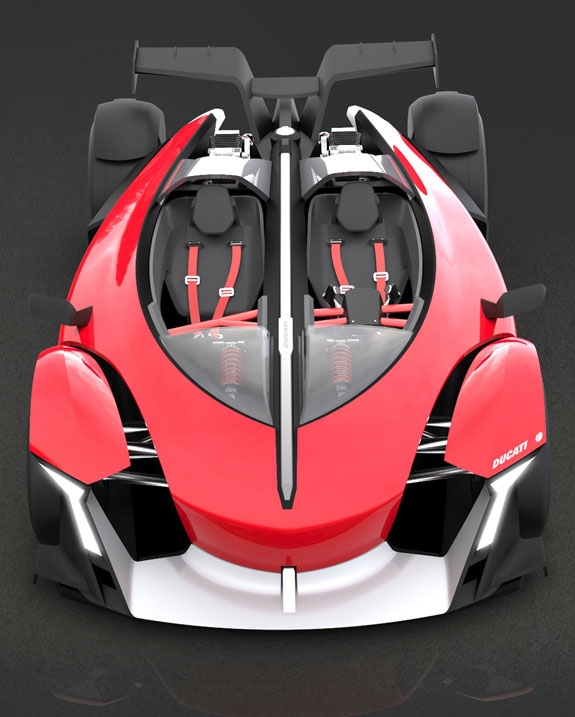
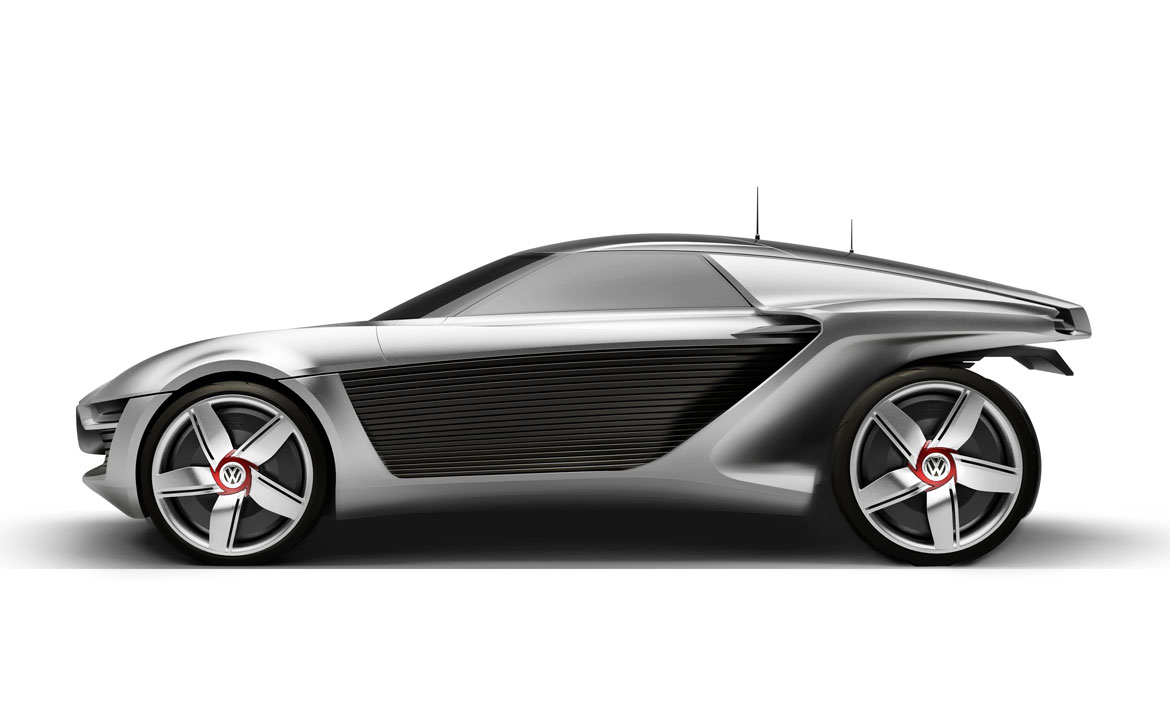
Varenna's grand design for a future VW racer - the E-volution - draws forms from bike design, rally cars and even contemporary architecture. 'The car designers I admire most are the famous carrozzieri Italiani,' he says, citing Marcello Gandini, Giorgetto Giugiaro and great Italian companies like Alfa Romeo and Ferrari. 'I appreciate brands that are pushing for good design and taking risks.' issuu.com/davide.varenna
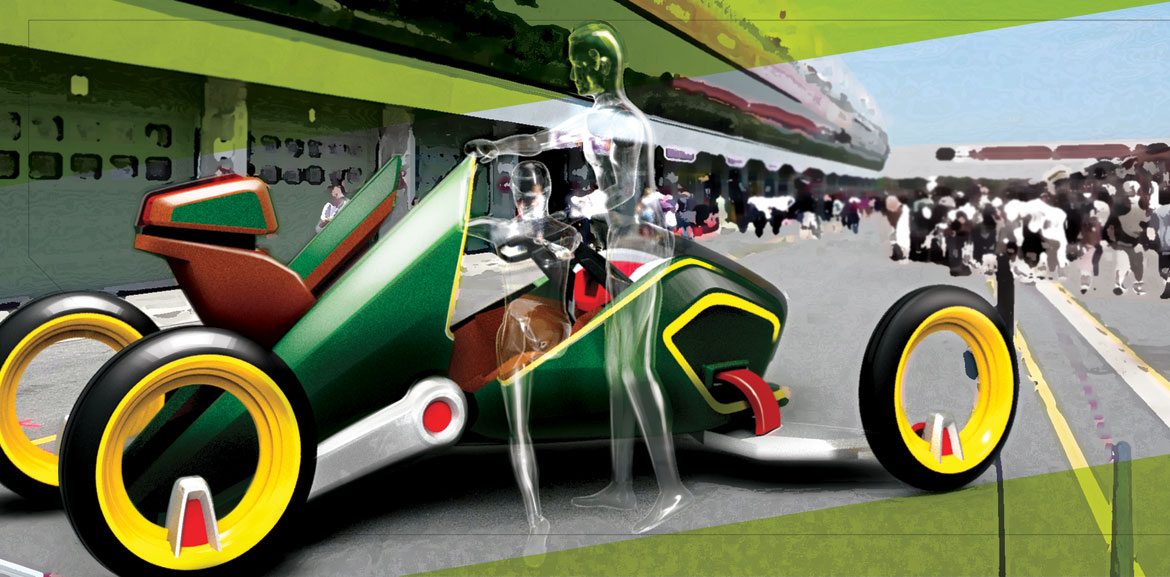
Ki Kim's designs are informed as much by the ethos of sustainability guru Victor Papanek as by the engineering of a contemporary Porsche. Kim’s concept appeals to the younger generation with a junior jump seat in front of the driver. ‘It’s dangerous to seat your child in front of you while you’re driving,’ he says, ‘but if they’re operating different controls, they can at least enjoy a day out.' kikimdesigns.tumblr.com
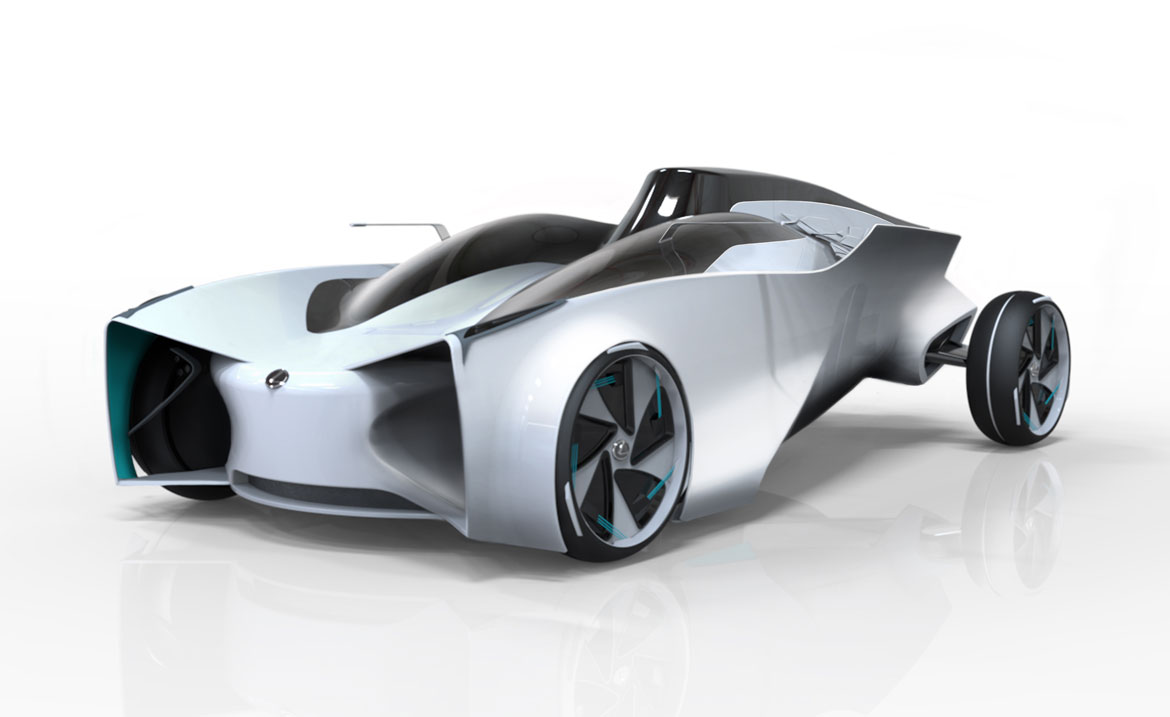
Inspired by the ‘contrast between clean, simple shapes and chaotic, sharp forms’, Ferran Mestres Blanch’s concept for a Lexus racing car takes the luxury marque’s surface design to a new level. His design is for a dystopian future world dominated by virtual environments. ‘This car would reconnect the driver with the real world,’ he says, although he adds that in reality we might need ‘lighter, cheaper cars’ in the future and that conventional four-wheeled transport could be usurped altogether. www.fmb88.tumblr.com
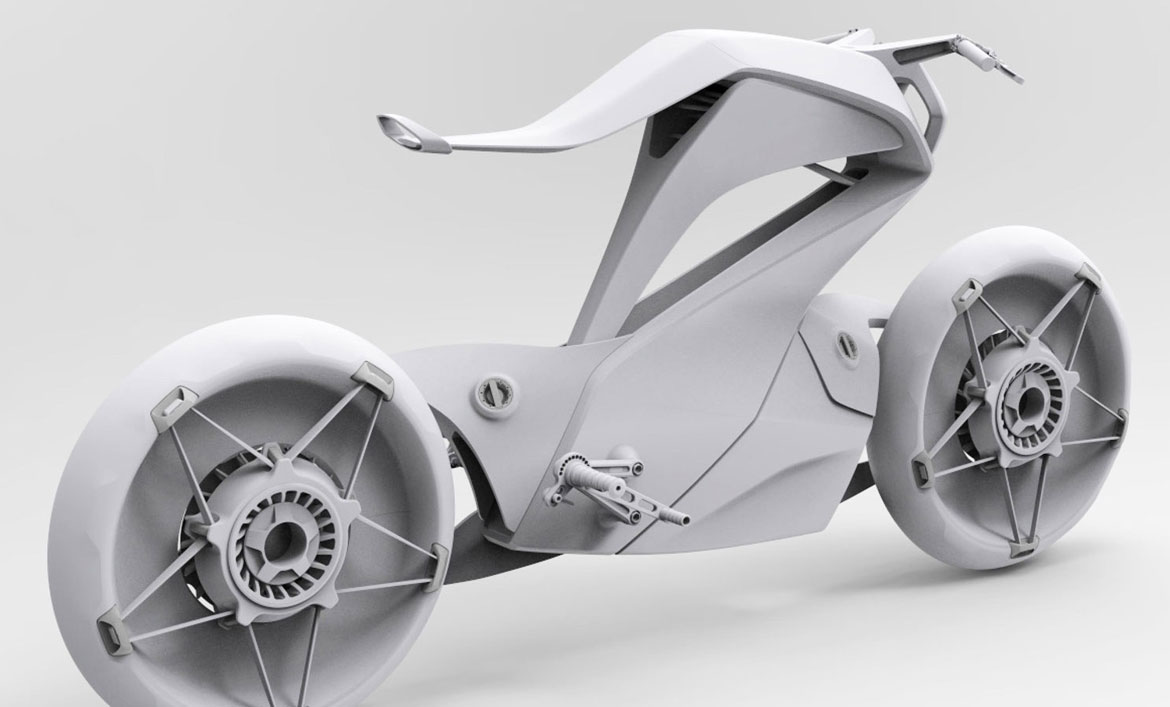
'Right now there are a lot of projects focusing on "car sharing”, “mass transport” and “environmentally friendly design”,' says Daniel Gunnarsson, 'but I’ve not seen anyone consider the pure joy of driving, owning and expressing yourself through vehicles.' Gunnarsson has explored how more people could be lured onto two-wheel machines with a sentient device. ‘My solution was a motorcycle that would adapt to the rider's skills and teach inexperienced riders how to ride. www.coroflot.com/dlgunnarsson

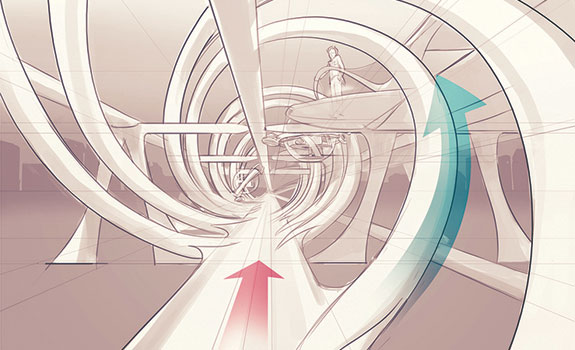
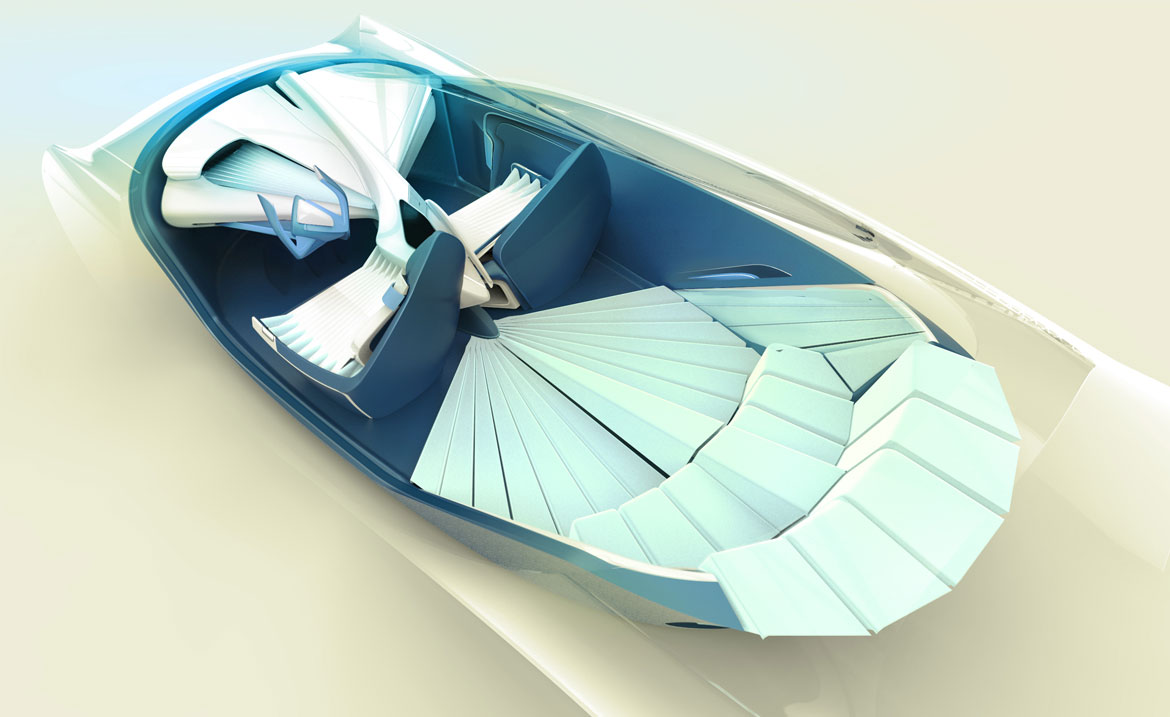
Qiannan Wang reinvents automotive seating as a multilayered space with quilted materials and asymmetric patterns. 'My work is inspired by light,' she says, citing the art of Anthony McCall and the 'braveness' of BMW and Citroen. ‘Ultimately what we do is find out how to create a better experience.' Her concept is based around a transformable interior that expands or contracts as the vehicle's user base changes over time. qiannanwang.tumblr.com
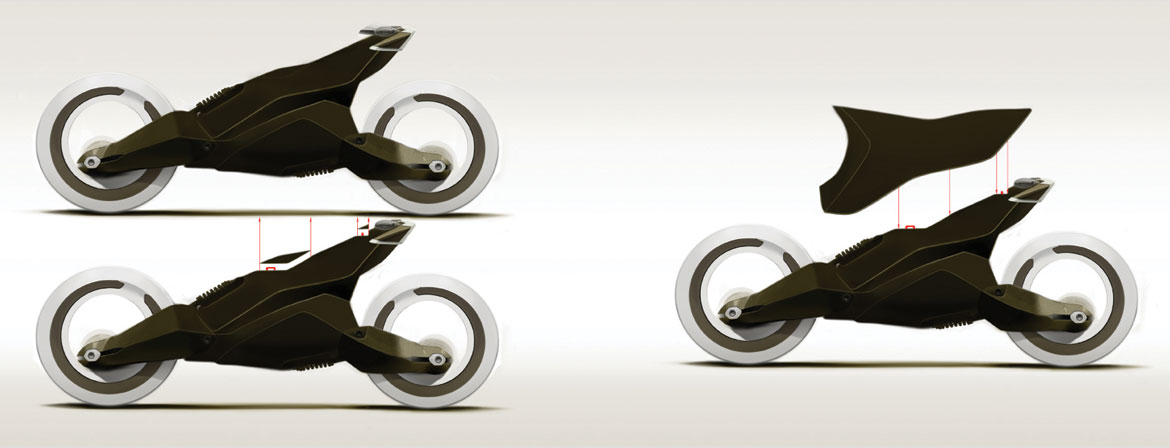
A fan of Zaha Hadid and Ross Lovegrove, Maxime Guillet set out to improve the relationship between bikers and their machines. 'I wanted to design a mutual exchange, so the vehicle takes care of the biker’s safety and storage, and vice versa,' Guillet explains. The result is a modular bike with replaceable components and a kind of wearable carapace with a built-in airbag. 'I was inspired by animals like hedgehogs and turtles.' m.guillet@stratecollege.fr
Receive our daily digest of inspiration, escapism and design stories from around the world direct to your inbox.
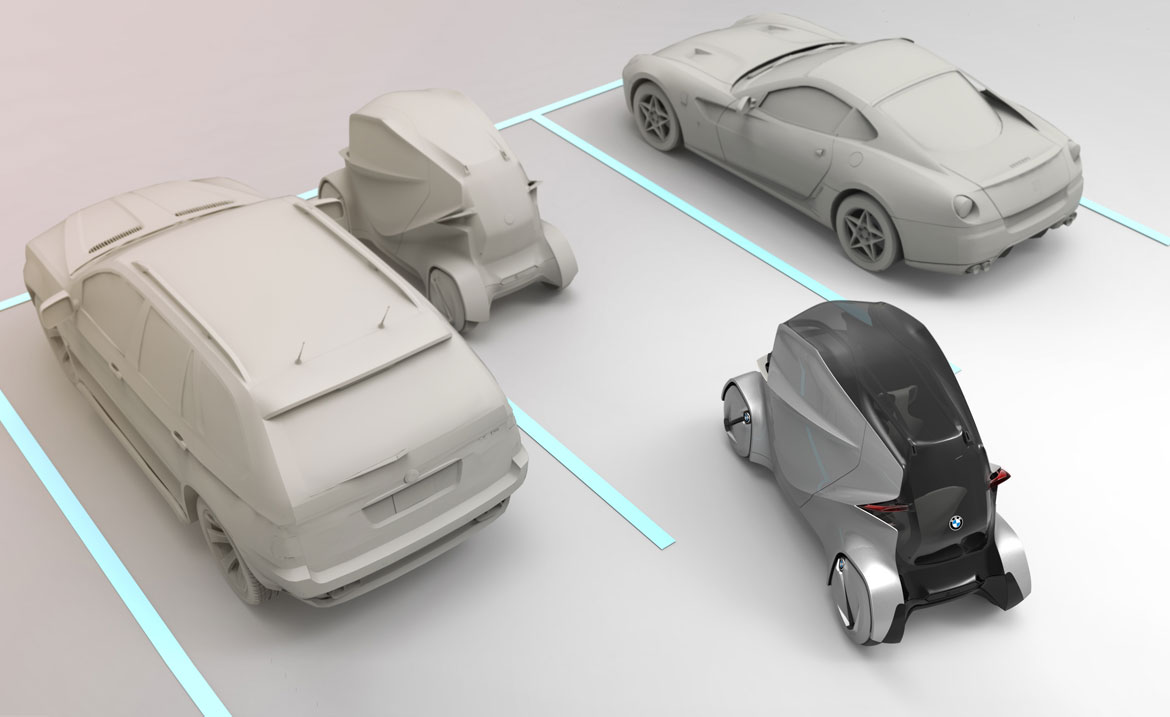
Yujin Kim shaped his premium commuter concept to fit Seoul, where he noticed that the majority of workers drive alone, often in large cars that exacerbate congestion. He envisaged a one-person BMW that fits function, technology and luxury into an ultra-compact package. ‘It combines superior quality and comfortable space with innovation like active wheels and electrochromic glass,’ he says. Having studied in Sweden and interned at BMW in Germany, Kim is keen to explore brand values and how design translates them into a reality. issuu.com/yujin_kim

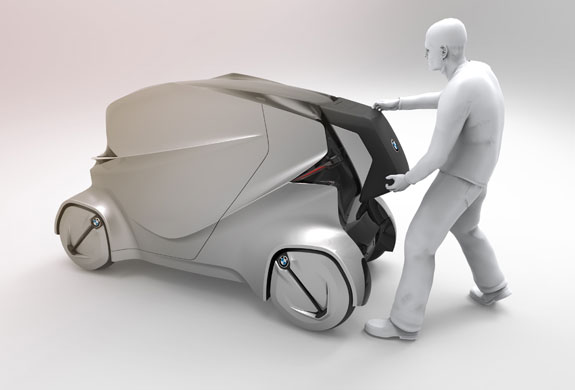
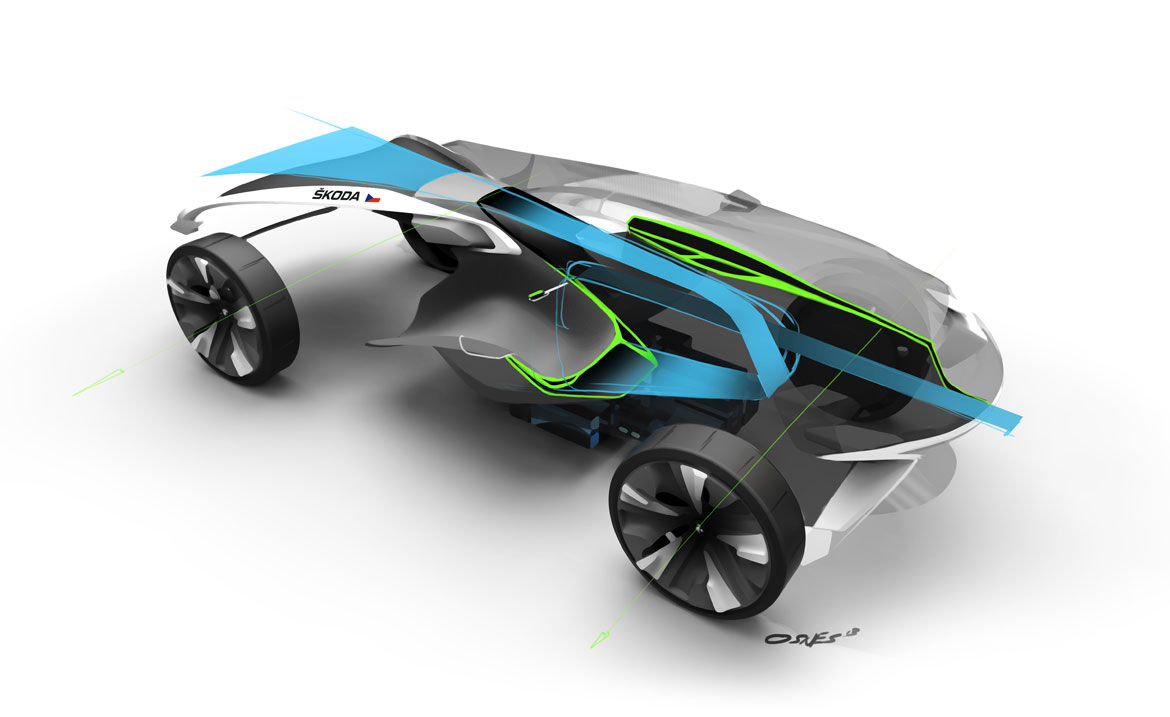
As the name suggests, the IBM lithium-air car battery uses oxygen to replenish its lithium, meaning future vehicles may function on air alone. The Skoda-badged concept by Jan Christian Osnes is shaped around a huge duct that funnels airflow into a central core. Osnes cites Dieter Rams and James Dyson as inspirations. 'I admire Dyson because he exposes the beauty of function rather than disguising it,’ he says. umejc.wordpress.com
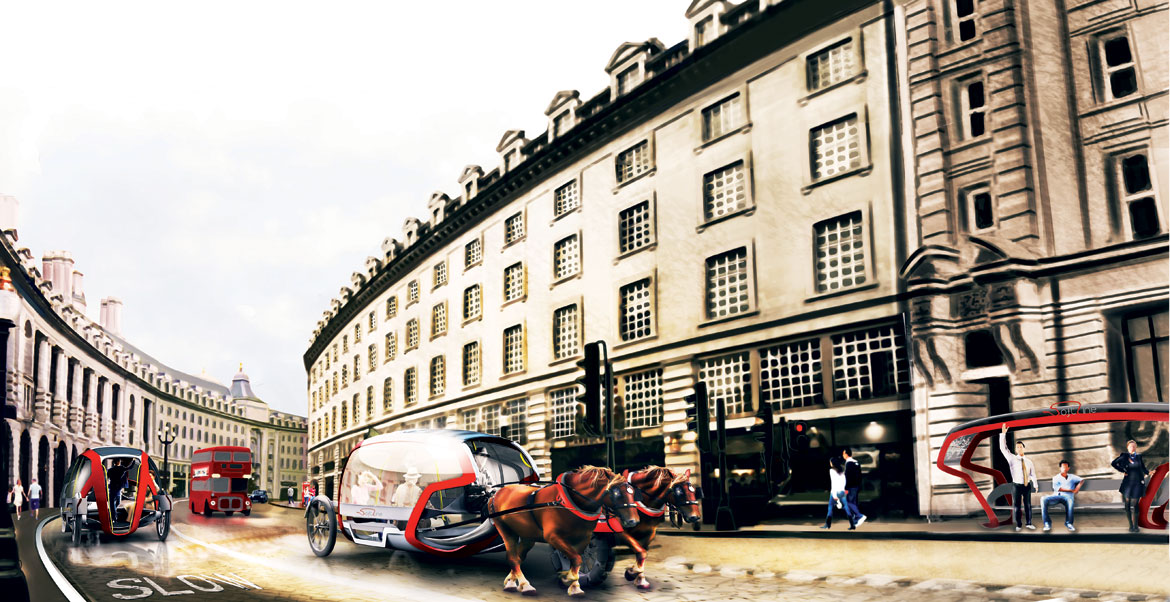
‘My purpose is not to bring old things back to life but to remake things in a sustainable, efficient way,’ says Simon Linot. His diploma project looks at ways in which horse-drawn transport could serve London. ‘Horses can’t entirely replace public transport, but they can improve on buses in several places.’ Linot’s ultra-light vehicle pulls 20 people, with an ‘omnidirectional’ wheel to improve turning and a waste-disposal system. www.simon-linot.com
Jonathan Bell has written for Wallpaper* magazine since 1999, covering everything from architecture and transport design to books, tech and graphic design. He is now the magazine’s Transport and Technology Editor. Jonathan has written and edited 15 books, including Concept Car Design, 21st Century House, and The New Modern House. He is also the host of Wallpaper’s first podcast.
-
 The Bombardier Global 8000 flies faster and higher to make the most of your time in the air
The Bombardier Global 8000 flies faster and higher to make the most of your time in the airA wellness machine with wings: Bombardier’s new Global 8000 isn’t quite a spa in the sky, but the Canadian manufacturer reckons its flagship business jet will give your health a boost
-
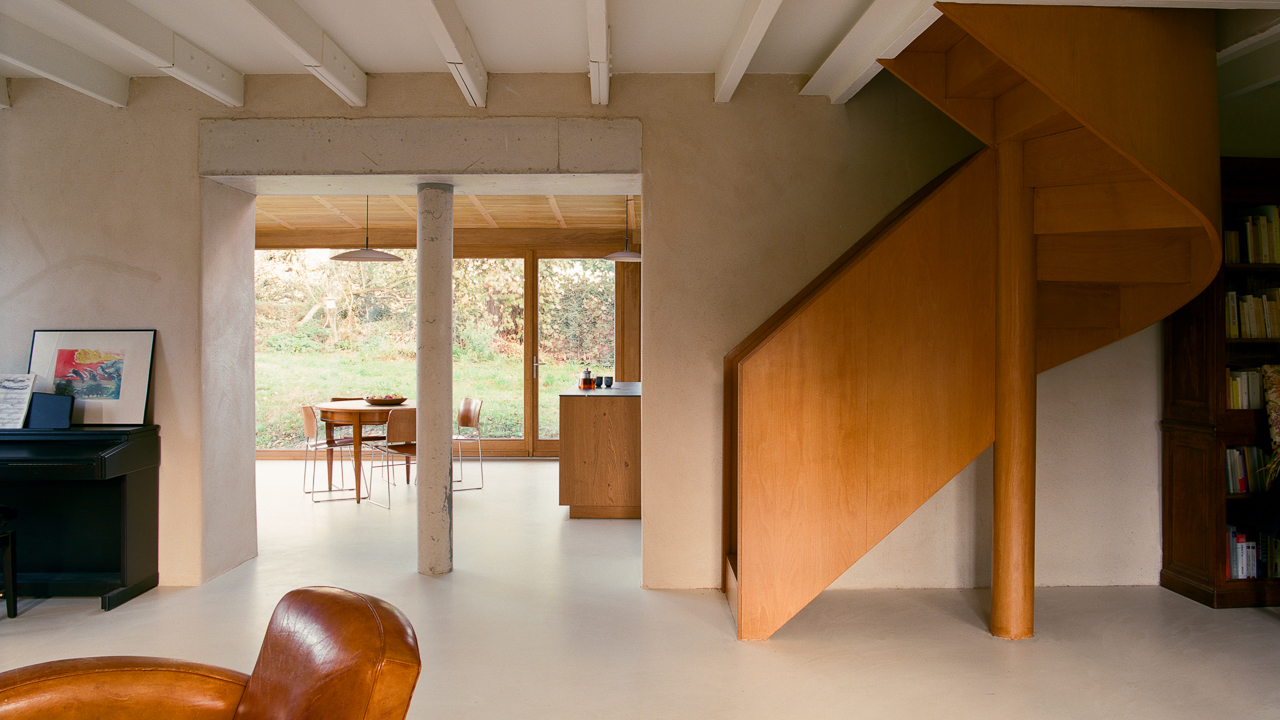 A former fisherman’s cottage in Brittany is transformed by a new timber extension
A former fisherman’s cottage in Brittany is transformed by a new timber extensionParis-based architects A-platz have woven new elements into the stone fabric of this traditional Breton cottage
-
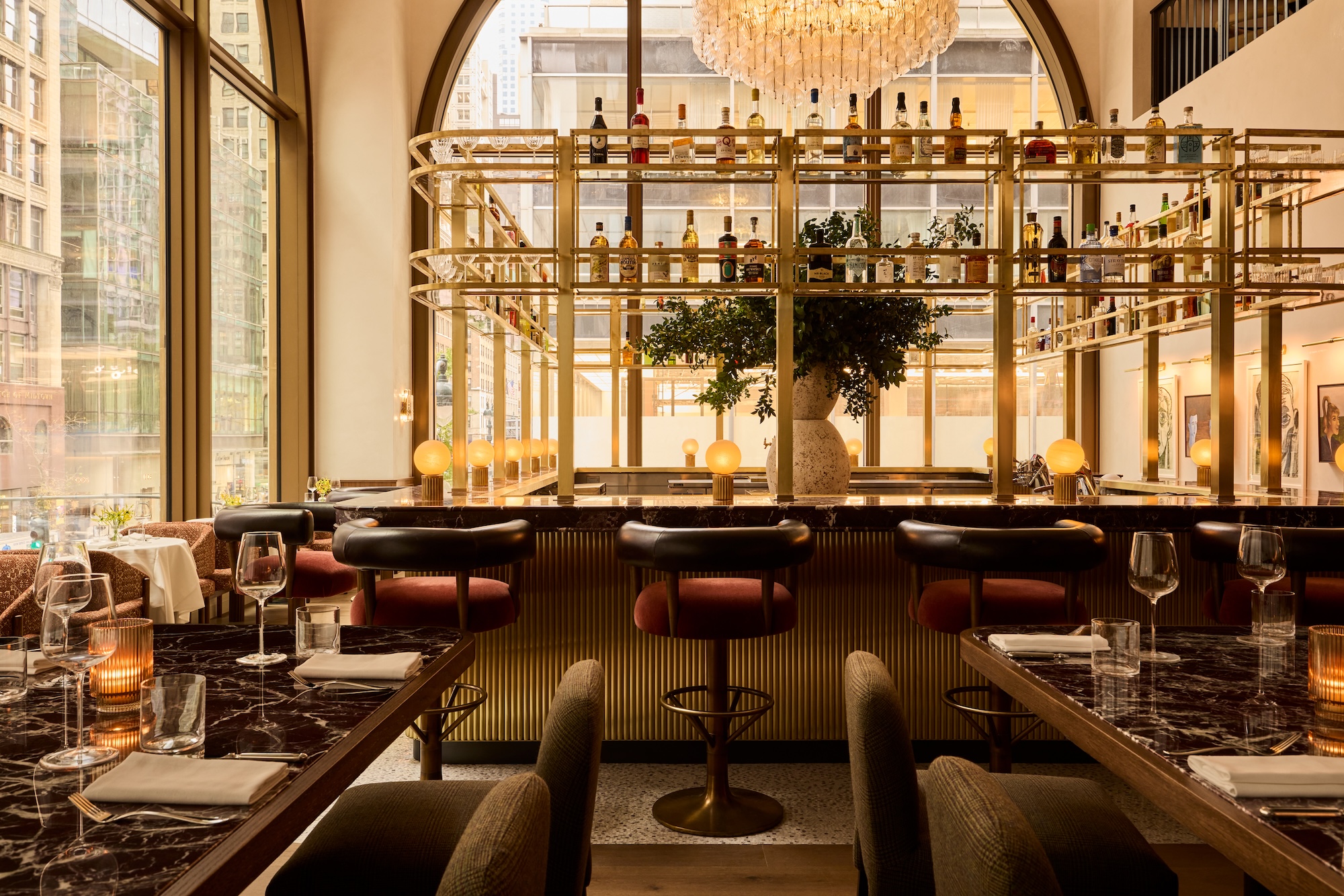 New York's members-only boom shows no sign of stopping – and it's about to get even more niche
New York's members-only boom shows no sign of stopping – and it's about to get even more nicheFrom bathing clubs to listening bars, gatekeeping is back in a big way. Here's what's driving the wave of exclusivity
-
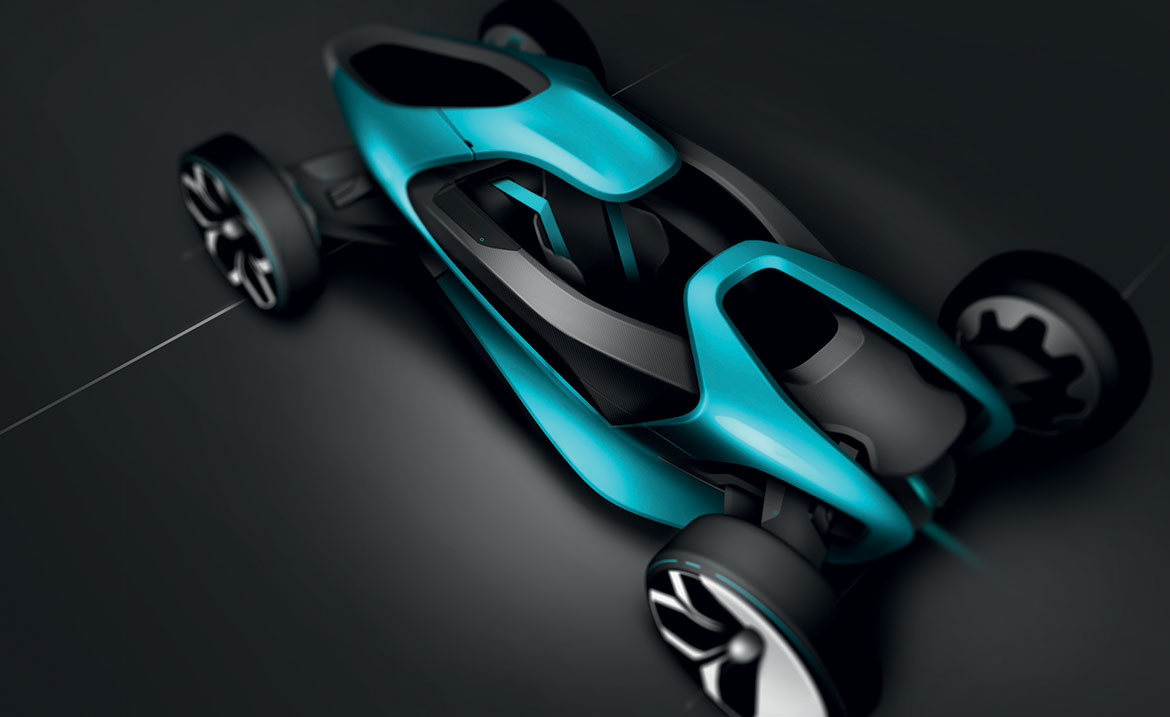 Transport
TransportSetting the wheels in motion for the future of transportation
-
 Transport
TransportThe future looks exciting when surveyed through the eyes of the world's aspiring automotive and aviation designers